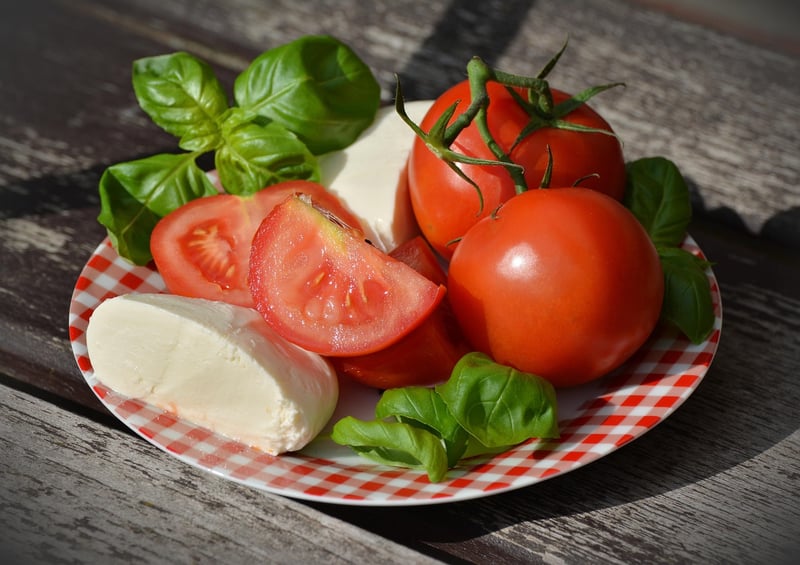Cooking Techniques
The Science of Food and Cooking Techniques
The Basics of Food Science
Food science is the study of the physical, biological, and chemical makeup of food and how they interact with each other. Understanding these principles can help you become a better cook by knowing how ingredients behave and how to manipulate them to create delicious dishes.
Key Concepts in Food Science
- Maillard Reaction: The chemical reaction that gives browned food its distinctive flavor.
- Emulsions: A mixture of two liquids that don't usually mix, like oil and water.
- Gelatinization: The process of starches absorbing liquid and swelling when heated.
- Caramelization: The browning of sugars, resulting in a rich flavor and brown color.
Common Cooking Techniques
Mastering cooking techniques is essential for creating delicious meals. Here are some fundamental techniques every home cook should know:
1. Sauteing
Sauteing involves cooking food quickly in a hot pan with a small amount of oil. It's great for vegetables, meats, and seafood.
2. Roasting
Roasting is cooking food in an oven at high heat, resulting in caramelization and a rich flavor. It's perfect for meats, vegetables, and even fruits.
3. Braising
Braising involves cooking food slowly in a flavorful liquid, like broth or wine, resulting in tender and flavorful dishes. It's ideal for tougher cuts of meat.
4. Grilling
Grilling imparts a smoky flavor to food and creates beautiful grill marks. It's perfect for meats, vegetables, and even fruits.
Enhance Your Cooking Skills
By understanding the science of food and mastering various cooking techniques, you can elevate your culinary skills and create restaurant-quality dishes at home. Experiment with different ingredients, flavors, and methods to unleash your inner chef!

Explore more about the science of food and cooking techniques here.
